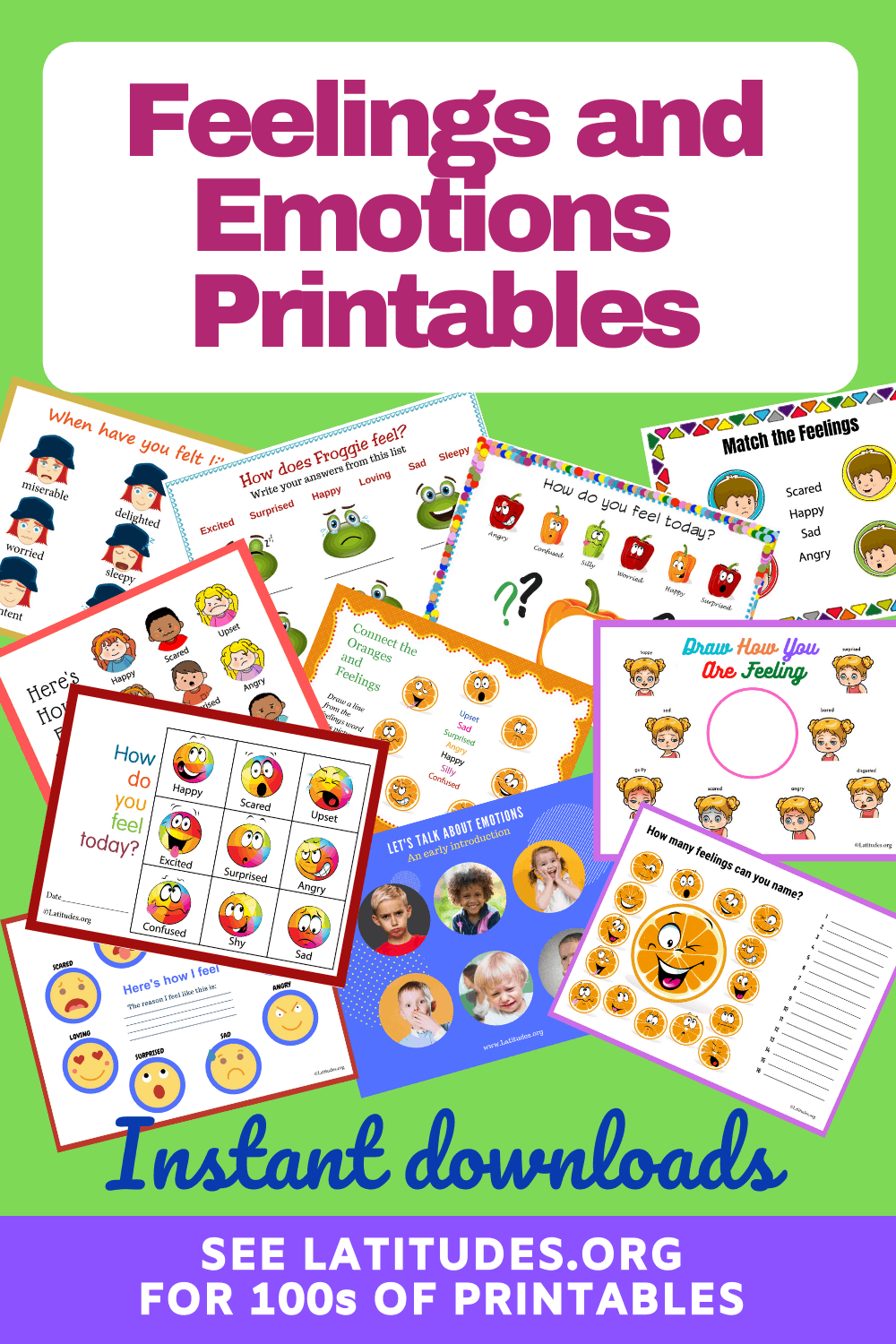Helping Kids Navigate Their Emotions With Feelings Charts
Dealing with emotions is a learned skill, and parents play an major role in helping a child develop that skill. In these difficult times, we know firsthand that moms and dads are looking for ways to do just that.
We know, because our most popular parenting charts over the last few months have been focused on kids’ feelings.
Using our tools to help your children
It’s tough enough as parents to deal with your own emotions during this pandemic. You’ve been forced to cope with social restrictions, financial changes, virtual learning efforts, and/or looming uncertainties. It can be overwhelming.
But imagine being a child. Kids have no way to grasp what is really happening with Covid-19. They just know that their regular life has been turned upside down.
On the one hand, we know kids tend to be resilient. On the other hand, this generation of children is dealing with the new experience of losing contact with friends, teachers, and extended family. Most have had instruction moved from the classroom to virtual learning.
Also, chances are they have picked up on the stress and uncertainty you’re experiencing. Children overhear conversations. They catch some of the news. They may have realized the family lifestyle has changed. A job may have been lost — or even a loved one.
All these events can be emotionally distressing.
Tips for using the charts
Maybe you think you don’t know how to help your child better understand feelings and express emotions. If you are concerned or uncomfortable with the topic, don’t worry. Our Feelings and Emotions Charts can serve as a simple tool.
First, you will want to help them recognize and give a name to different types of emotions. Then, you can steer them toward being able to talk about them.
Along with a child learning to discuss their own emotions, being able to recognize how others are feeling is a valuable social skill.
Our Feelings and Emotions Charts can be downloaded from this website. They offer you an easy way to start a discussion on emotions. Click here to download.
Nonverbal communication
If your child is reluctant or unable to verbally express how they are feeling, use our Feelings and Emotions Charts to let them draw or simply point to different emotions.
Introducing different emotions
It will help your child understand different emotions if you explain your own feelings throughout the day
This tip makes sense when you are feeling under control! There will be times when it is better to share your feelings with a companion, friend, or therapist rather than express them to a child. Use common sense.
Comments such as these will increase the emotional vocabulary of your child:
“I’m frustrated because we’re late for our appointment. And we’re late because you won’t put your clothes on.”
“I’m sad because I want to see Grandma but I can’t right now.”
“Your dad is excited that you want to try to ride your bike today.”
“I’m really happy that you were so helpful to your sister this morning.”
Verbally reflect your child’s feelings
Try some of these approaches as part of your regular conversation:
“I see you’re getting angry and don’t want to share your markers. How do you think we can work this out?”
“You look like you’re feeling sad about something. Can you tell me what’s bothering you?”
“This project seems to be making you frustrated. What do you think would help?”
“Can you look at this chart and show me (or draw) how you are feeling right now?”
Make it a natural interaction
Select charts that are age appropriate, or developmentally suitable, and see where they take you. Be casual as you engage your child with one or more charts. When in doubt, simply try to get a conversation going with phrases such as:
“Tell me more about that.”
“I see. What else can you tell me?”
“Is someone doing anything that makes you feel that way?”
“When else have you felt like that?”
“Can you think of a time when you’ve been worried?”
If you aren’t getting much of a response, don’t push. You can say: “It might be hard to decide how you feel right now. That’s OK. Why not think about it and we can try another time.”
Try to validate children’s experiences, rather than suggest they should not be feeling the way they do. Feelings need to be accepted, not forced into something else. It’s OK for a child to feel a wide range of emotions. It’s natural. Its human.
Reach out for help when you need it
Our Feelings and Emotions Charts are good for opening the door to discussions. However, if you sense something deeper is going on, or if start to feel like you need help with this process, be sure to reach out a school guidance counselor or therapist–or ask your pediatrician for a referral.
Having a healthy understanding of emotions is a tremendous asset to a person of any age.










